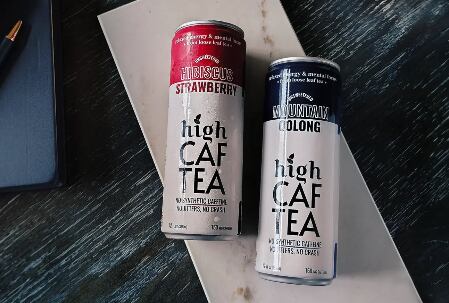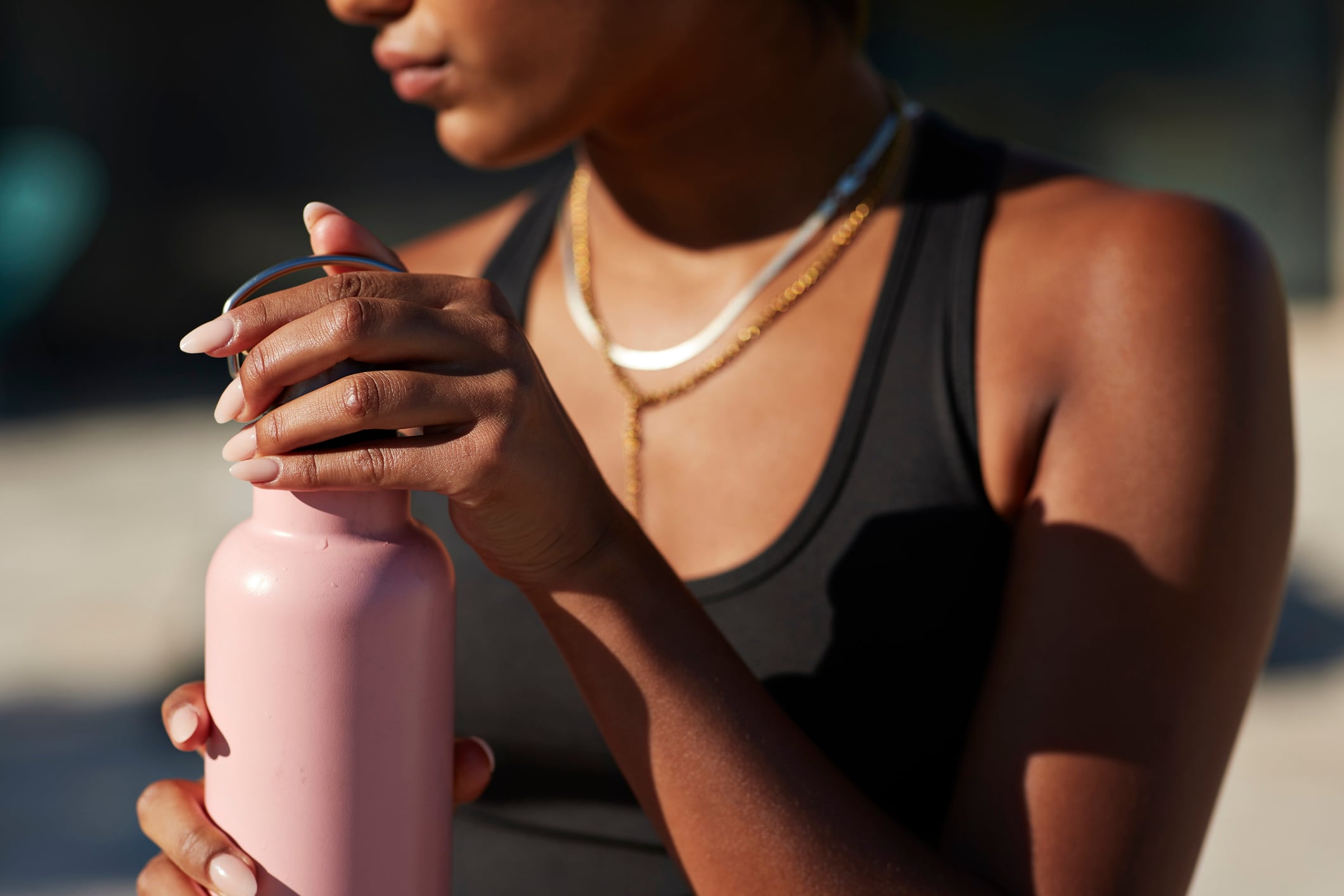Two beverage companies are riding the wave of low-sugar, high-energy functional drinks as consumer sentiment shifts toward health-focused choices.
Bubbl’r, headquartered in Watertown, Wisc., and Naperville, Ill.-based Amez Infusions, offer clean-label alternatives to traditional caffeinated drinks and emphasize their ability to deliver energy without the jitters and crashes.
The companies showcased their product at the Great Food Expo in Rosemont, Ill., in October, both targeting students and others in need of quick energy.
“The caffeine-free and reduced-caffeine energy space has gained meaningful traction in the past year, driven by a broader shift toward health-conscious and functionally balanced beverages,” according to Ilana Orlofsky, senior manager, customer experience, at Imbibe, a food and beverage development company.
Category definitions vary, but market estimates for caffeine-free energy drinks range from $736 million (Data Insights Market) to $2.06 billion (Wise Guy Reports) in 2025, she said.
High Caf Tea’s big debut
Amez Infusions, which launched in 2009 with a focus on Indian-inspired spice blends, teas and coffee, debuted its first canned drinks at the show – High Caf Tea in Mountain Oolong and Hibiscus Strawberry.
The 12-ounce cans offer “relaxed energy and mental focus” with 150 milligrams of non-synthetic caffeine and no sugar or synthetic sweeteners.
“We did a lot of market testing, and we found out that people prefer unsweetened teas,” said Sujata Borthakur, Amez Infusions co-founder. “They’re really shifting toward loose-leaf tea instead of tea bags, and they’re really shifting toward clean-label and no synthetic anything.”

She said the drinks are aimed at consumers looking for a coffee alternative.
“It’s for people who either don’t like the acidity of coffee or they can’t handle the jitteriness that coffee gives them,” she said.
The trend is driven by younger consumers – particularly millennials and Gen Z – who are rethinking their caffeine habits, Orlofsky said.
“While earlier generations often equated energy with stimulation, today’s consumers are looking for sustained focus without the crash,” she said, noting that research from Ocado Retail shows 61% of Gen Z drinks functional beverages several times a month, far outpacing the general population’s 40%.
Bubbl’r dominating in sparkling water
Bubbl’r, another high-energy drink with less caffeine, was first heavily marketed as an antioxidant sparkling water to students at the University of Wisconsin-Madison, according to brand ambassador Karisa Chesebro.
Chesebro said the zero-sugar sparkling water drinks contain five calories and 69 milligrams of caffeine from white tea, green tea and guarana.

“A lot of students loved it because they could use it to study and it didn’t give them the weird crash afterwards – it was just a nice little pick me up, a nice little boost for studying and being able to get stuff done,” she said.
Bubbl’r also produces Vita Ice, a no-caffeine alternative to its flagship product, she added.
Bubbl’r’s rapid growth has landed the product in front of shoppers nationwide at Walmart and Target. The drinks are already available at grocery and c-stores throughout the Midwest, Chesebro said.
Energy market reinvented
While companies like Bubbl’r and Amez Infusions are building their brand awareness, long-time players in the energy drink market are launching their own low-caffeine alternative drinks to compete with the flood of drink startups.
Orlofsky said the trend has led to a wave of innovation across both mainstream and niche brands. Orlofsky said a few notable low-caffeine or no-caffeine alternatives include:
- Aroma Joe’s responded to consumer requests for non-caffeinated energy drinks with the release of its Zero Caffeine RUSH launch in March 2025.
- Celsius Holdings introduced its first caffeine-free functional beverage, Celsius Hydration, in January.
- Cauxffee debuted its first ready-to-drink caffeine-free “nitro cold brew” alternative in October 2025.
- Monster Energy has tested a caffeine-free version of its flagship Green Monster in Japan for purchase in restaurants only.
“Underlying this shift is an evolving consumer mindset: Energy is no longer synonymous with caffeine – it’s about balance, focus and emotional regulation,” Orlofsky said. “With 77% of consumers reporting regular stress-related physical symptoms (McKinsey), caffeine moderation is increasingly seen as an act of self-care, not restriction.”




